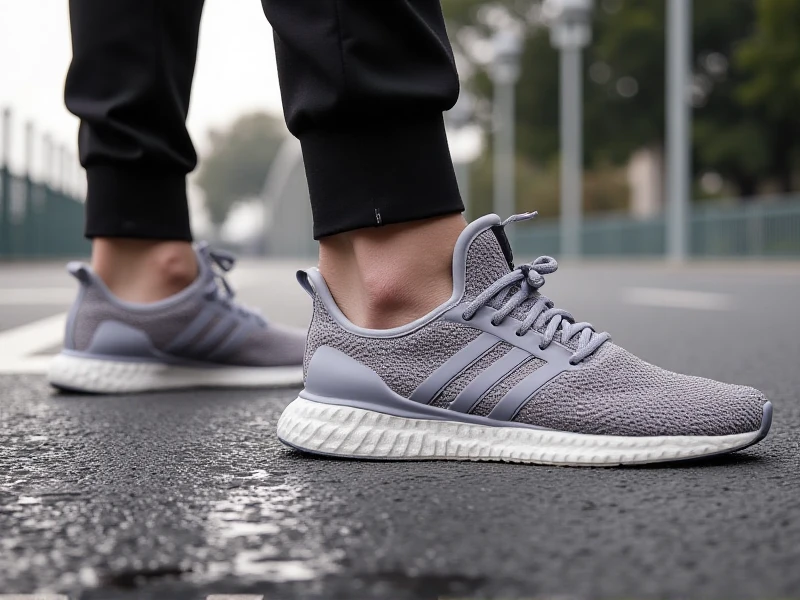Finding Your Stride: The Ultimate Men's Running Shoes Guide

Finding the right pair of men's running shoes isn't just about style; it’s fundamental for performance, comfort, and injury prevention. Whether you're logging serious marathon miles or hitting the pavement a few times a week, investing in the right fit and technology makes all the difference. Let's break down what to look for.
The Non-Negotiables: Fit & Comfort
Forget breaking in new shoes over weeks. Modern running shoes for men should feel comfortable almost immediately. Key points:
- Heel Lock: Your heel shouldn't slip; a secure fit prevents blisters and instability.
- Toe Room: Ensure about a thumbnail's space between your longest toe and the shoe's end. This allows natural swelling during runs.
- Midfoot Hold: The shoe should wrap snugly, not tightly, around your midfoot without pinching.
- Sockliner & Insole: Provide initial cushioning and arch support. Notice any pressure points? That's a red flag.
The Tech Matters: Understanding Foams & Outsoles
Advances in midsole foam deliver responsive bounce and lasting cushioning. Look for materials like EVA, TPU, or proprietary compounds (Nike's ZoomX, adidas' Boost) that offer energy return without adding bulk.
The outsole – the bottom tread – impacts grip and durability. Durable rubber placed strategically (like high-wear areas under the heel and forefoot) lasts longer. Flexible grooves ensure natural foot movement. Training on varied terrain? Prioritize aggressive lugs for trail men's running shoes.
Support Systems: Stability vs. Neutral
Understanding your gait is crucial:
- Neutral Shoes: Designed for runners with biomechanically efficient strides and little pronation (inward foot roll). They focus on pure cushioning and flexibility.
- Stability Shoes: Feature firmer medial (inner side) posts or dual-density foams. These gently guide the foot for runners experiencing mild to moderate overpronation.
- Motion Control: The most structured option for severe overpronation.
Unsure of your type? Visit a specialized running store for gait analysis using a treadmill.
Cushioning Level: How Much Do You Need?
It's personal! Consider weight, running style, distance, and preference:
- Maximal Cushioning: Thick midsoles for ultimate shock absorption, often preferred for longer distances or heavier runners seeking joint protection.
- Moderate Cushioning: Versatile, offering a balance of cushion, responsiveness, and weight. Great daily trainers for most.
- Minimalist/Lightweight: Emphasizes ground feel and speed. Best for shorter, faster efforts or runners with strong form (like racing flats).
Beyond the Basics: The Final Considerations
- Weight: Lightweight running sneakers enhance speed but might sacrifice some durability or cushioning.
- Drop (Heel-to-Toe Offset): The difference in height between heel and forefoot. Standard drops (8-12mm) are common, while lower drops (0-6mm) promote a midfoot/forefoot strike.
- Upper Material: Engineered mesh offers breathability and lightweight structure. Knit uppers provide sock-like fit and flexibility.
Your Perfect Pair Awaits
Choosing the right men's running shoes is a blend of understanding your body, your running goals, and the technology that matches them. Prioritize comfort and fit above all else, consider your gait and desired cushioning, and don't ignore the feel. Test them out if possible – a short jog tells you more than any review. When you find that effortless stride, you’ll know you’ve nailed it. Now get out there and run!